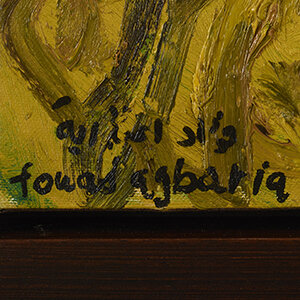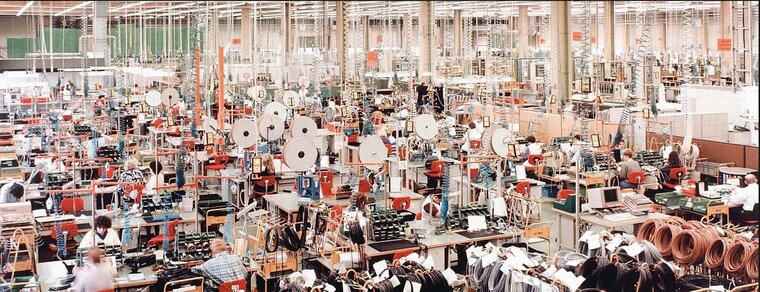


Last updated on Wed 14 June, 2006


Equal and Less Equal
Museum on the Seam
The exhibition "Equal and Less Equal" attempts to awaken the awareness and social sensitivity so frequently dulled in us, and elucidate questions relating to the labour relations prevailing in our world.
The disparity between the vision of equal opportunity, and its application, is greater than many of us know or are willing to admit. Regrettably, progress has yet to expunge the heritage of the past in relation to anachronistic views of the world and washed-out social stereotypes.
Ostensibly, the principles propounded in the Universal Declaration of Human Rights adopted and proclaimed by the UN General Assembly in 1948, should serve as the basis for a new outlook of a society more egalitarian, more liberal and with higher values. However, those principles have been applied only in part and in specific areas.
The exhibition “Equal and Less Equal” attempts to awaken the awareness and social sensitivity so frequently dulled in us, and elucidate questions relating to the labour relations prevailing in our world. The exhibition displays the discrimination, exploitation and humiliation experienced by so many, and calls upon us to reinforce the aspiration to strive for greater equality between human beings.
The concept of the existence of the Other is alien to international law. Ostensibly, justice is objective, thus, in defining ourselves as a society founded upon the principles of justice and law, and in accepting the rule of law, we are also supposed to except the axiom that we are all equal before that law and subject thereto, without conceding any influence to our social status, or our affiliation of gender, religion and ethnicity. Is that so in reality?
As the Third World fights for economic survival under a burden of debt and poverty, hordes of migrants make their way to the flourishing cities of the First World. At the same time, plans are being hatched on the other side of the globe, to take advantage of cheap labour, favouring expertise and product over the interests of the workers who generate them.
In this fashion, countries and peoples find the way blocked before their inclusion in the realms of affluence; in this fashion, new game rules tighten their grip on entire societies, rendering ever more remote the prospect of creating equality of opportunity for the people of this world.
Certainly, the growing awareness and understanding of these processes motivates many towards reform. Hence the anti-globalization protest vents the anger and frustration at the capitalist system that dominates today’s world.
The path is long between theoretical awareness and effective application. It calls for a degree of will and political coordination which lie regrettably far from reach; however, a considerable portion of that path depends upon the actions of each and every individual. It calls for cooperation, consideration, empathy and all those things requiring human energy which can be multiplied infinitely, while yet not consuming this planet’s limited resources.
The exhibition “Equal and Less Equal” attempts to delineate this normative reality, attempting to draw a comparison between those worth more and those worth less, and yet others worth even less.
Out of this state of affairs, the works of 34 artists attempt to touch upon something of the painful picture we have studied for almost a year. The artists participating in the exhibition come together – each in his own way, by his own means and from his own point of view - to assemble a mosaic of facts that produce a portrait of an intolerable reality, where the fate of a working man is controlled by others.
Raphie Etgar, Curator
Join us in our endless discovery of modern and contemporary Arab art